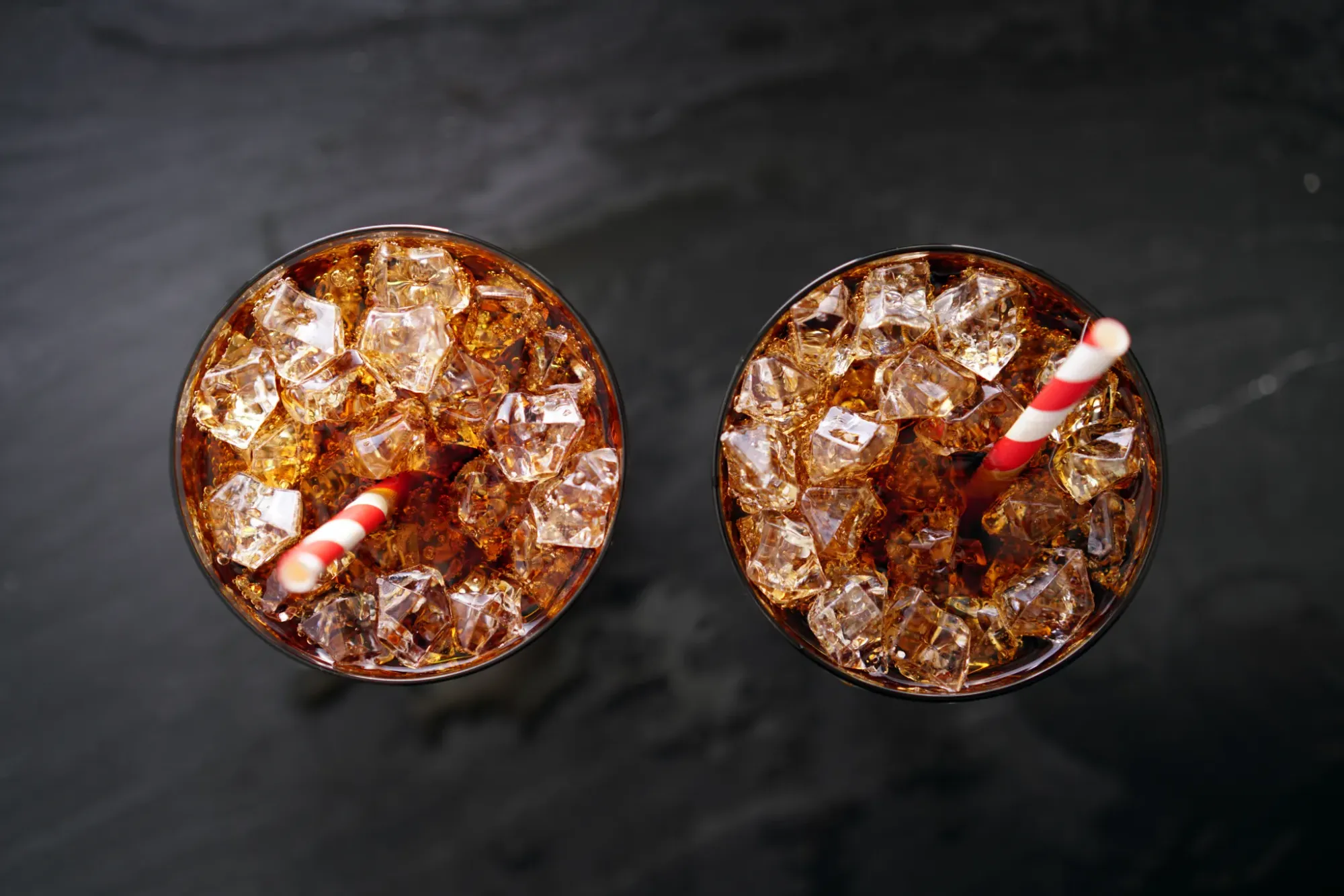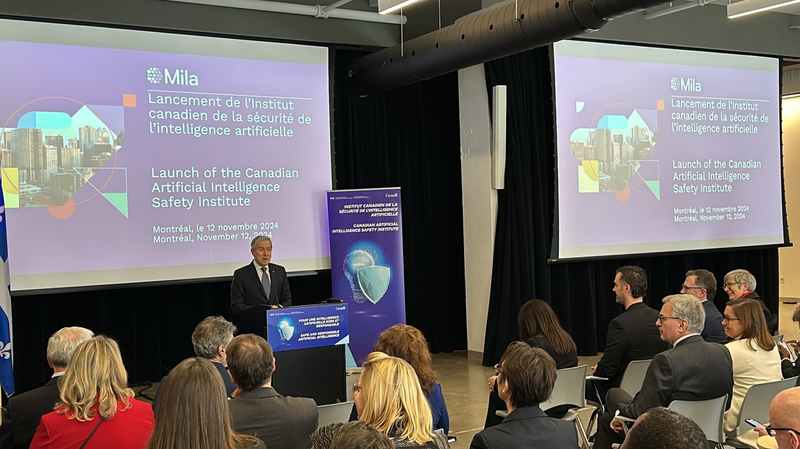AI tongue can detect difference between Coke and Pepsi, research finds
And eventually, scientists say the technology could be used to find contaminants in foods that could make consumers sick, or detect when something is no longer safe to eat.

Move over taste testers—there’s a new player in the flavor evaluation arena, and it’s powered by circuits and sensors.
Scientists suggest that this technology could eventually be used to identify food contaminants that might cause illness or determine when food is no longer safe for consumption.
Researchers from Penn State in Pennsylvania have created an electronic tongue that can differentiate between similar liquids, such as milk with varying water content, and various products like soda and coffee blends. It can even accurately distinguish between Pepsi and Coke.
The study, published Wednesday in Nature, demonstrated that the AI tongue can detect, classify, and assess the quality and freshness of various substances, meaning it might be able to identify contaminated milk.
“We’re trying to create an artificial tongue, but the way we experience different foods involves more than just the tongue,” said corresponding author Saptarshi Das, a professor of engineering science and mechanics at Penn State. “The tongue itself has taste receptors that interact with food species and relay their information to the gustatory cortex—a biological neural network.”
How Was This Accomplished?
The gustatory cortex in the brain perceives and interprets tastes beyond the basic categories of sweet, sour, bitter, salty, and savory, as explained by the researchers. As the brain becomes more familiar with these flavors, it becomes increasingly adept at detecting subtle differences.
The researchers aimed to replicate the function of the gustatory cortex by developing a machine-learning algorithm designed to mimic it.
The AI tongue consists of graphene and chemical sensors. These sensors measure the chemical composition of liquids (including carbohydrates, proteins, lipids, acids, and vitamins) and convert that information into electrical signals.
The neural network was trained on various datasets and assigned 20 specific tasks to learn how liquids influence the sensors’ electrical properties.
The AI tongue successfully detected samples such as diluted milk, different types of sodas (Diet Coke, Pepsi, Coke Zero Sugar), various coffee blends (espresso, breakfast, Italian), and several fruit juices at different levels of freshness. The researchers reported that it could accurately identify the content in about a minute, achieving over 80% accuracy. For fruit juice, the AI tongue reached accuracy rates of approximately 98% for identifying the type of fruit and 99% for determining its freshness.
“After achieving reasonable accuracy with human-selected parameters, we let the neural network define its own metrics by providing it with raw sensor data,” said co-author Andrew Pannone, a doctoral student in engineering science at Penn State. “We found that the neural network achieved nearly ideal inference accuracy of over 95% when using machine-derived metrics instead of those provided by humans,” he added in a media release.
What’s Next?
By using this AI tongue to detect subtle variations in liquids—potentially beyond human perception—the sensors could be utilized to identify harmful contaminants in food, such as PFAS (a toxic chemical), and monitor food freshness, such as tracking juice quality over several days, the researchers suggest.
“While there are corrective measures for food adulteration and contamination incidents, monitoring food freshness is more complicated due to the time-varying and complex chemical compositions present in food. Spoiled food is hazardous to consume and has reduced nutritional value,” the study noted.
The authors stress that timely detection of harmful contaminants during food production and distribution remains a significant challenge. For example, hazardous PFAS are commonly used in industrial processes and can be found in consumer products, posing the risk of accumulating in the environment, including drinking water.
PFAS, known as “forever chemicals,” comprise thousands of long-lasting, human-made chemicals found in textiles, cosmetics, furniture, paints, firefighting foams, food packaging, and other widely used products.
Exposure to certain PFAS has been linked to reproductive, developmental, endocrine, liver, kidney, and immune system effects, according to Health Canada.
However, the AI tongue shows promise in accurately detecting PFAS in water, presenting a potential solution to this issue.
“We believe that miniaturized graphene-based technology, enhanced by various machine learning methodologies, can provide a cost-effective platform for a broad range of chemical sensing applications in the food supply chain and beyond,” the authors stated.
The researchers highlight that the AI tongue’s capabilities are only limited by the data it is trained on. While this study focused on food assessment, its potential applications could also extend to medical diagnostics.
“These results emphasize that machine-learning-aided graphene ISFETs (ion-sensitive field-effect transistors) can address a wide array of challenges in the food industry,” the researchers concluded.





